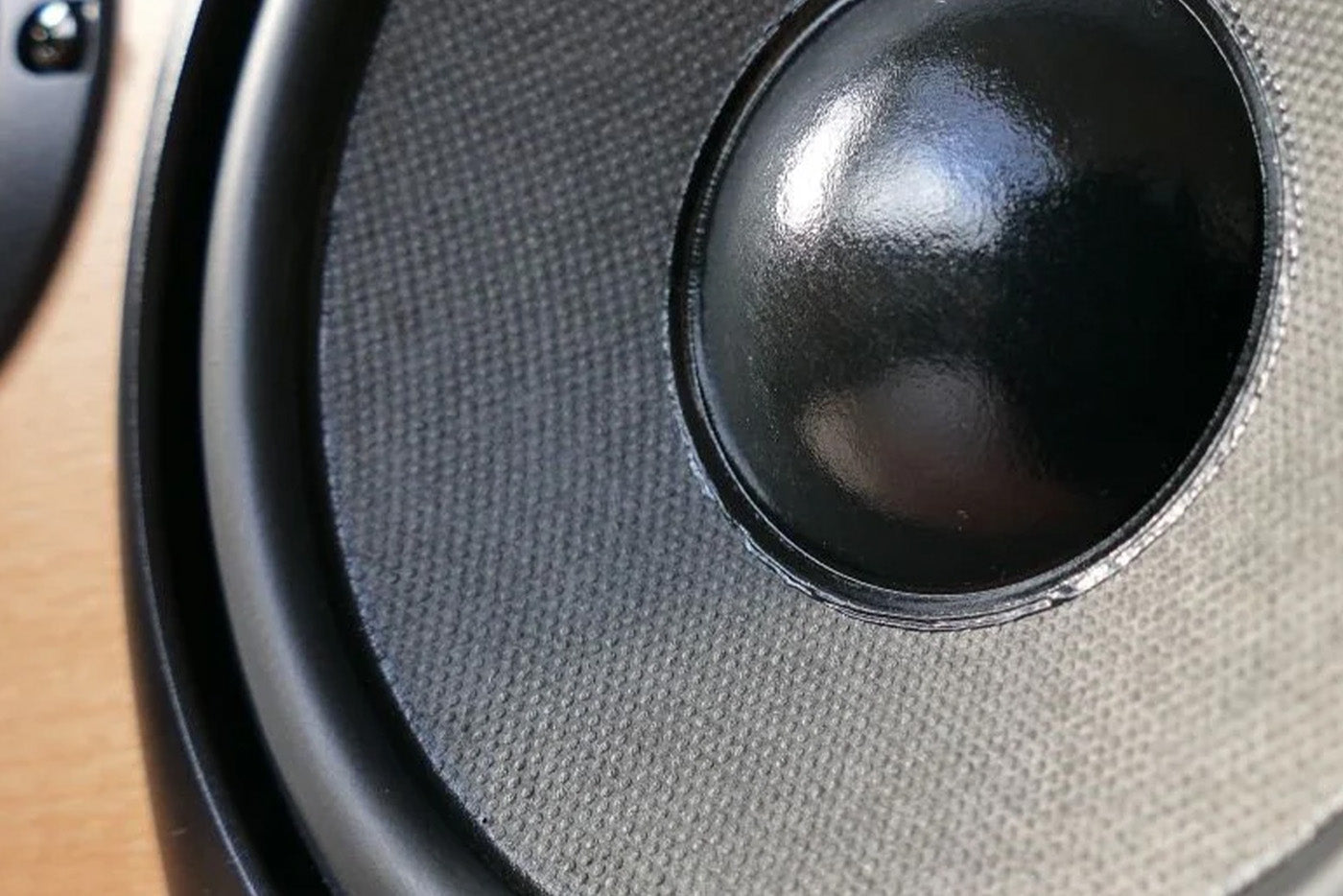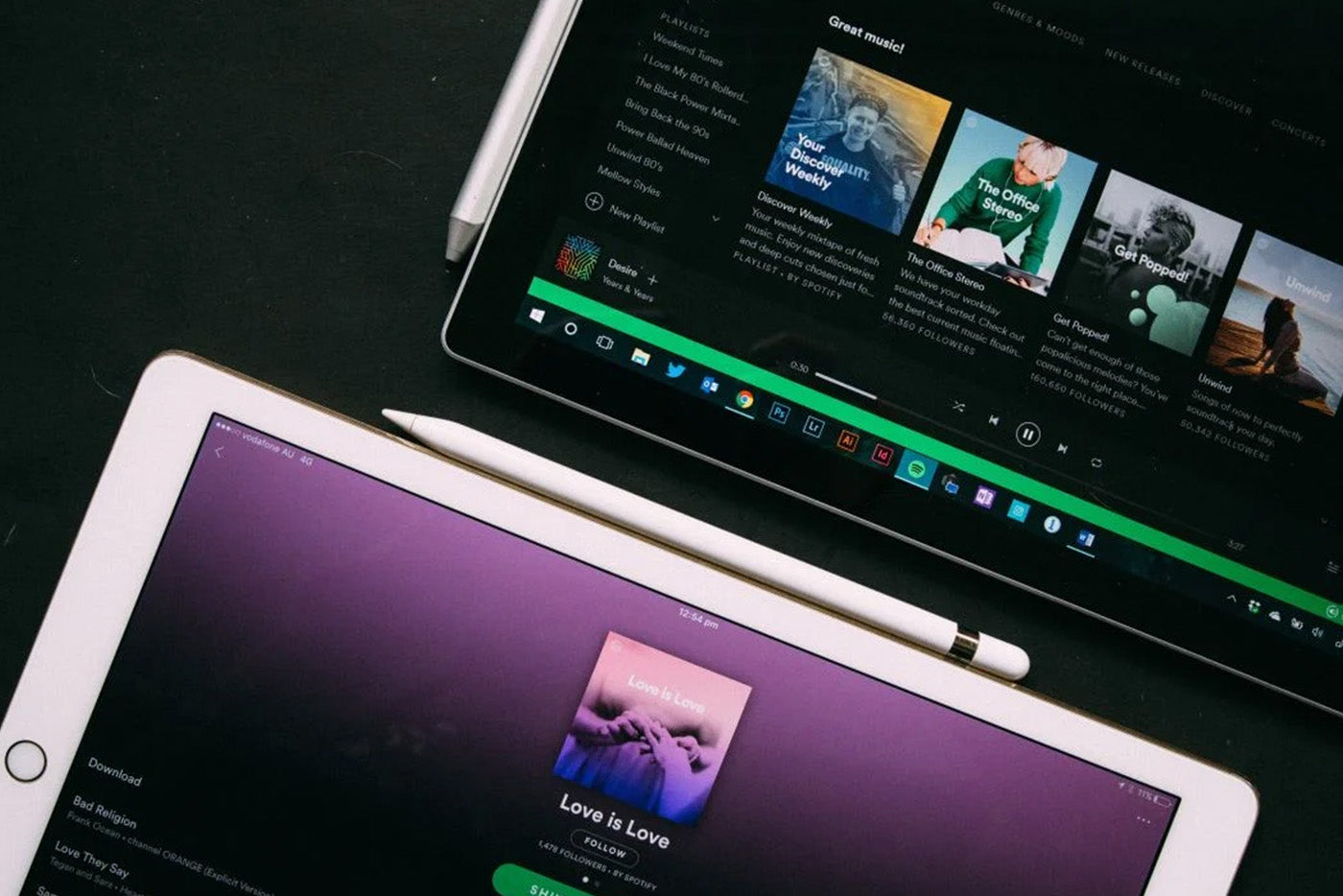It seems that everyone knows the problem of loud advertising in public and private television programs or on the streaming channel YouTube.
But where does this come from – why are advertising breaks often much louder than the rest of the program?
Basically, advertisers want to draw attention to their products. According to the motto: the louder the product or service is advertised, the more likely it is to stick in the minds of potential customers and will then hopefully be purchased after a few loud exposures. Commercials are also intended to attract attention in order to stand out from the rest of the program. Otherwise, according to the logic of the advertising industry, the products will not attract enough attention.
But is that really the case? Why does everyone seem to find the commercials too loud? Technically speaking, it could even be that the commercials are the same volume as the rest of the program. But volume is not everything, because there is a second and in this case more important factor in this context and that is loudness.
The louder a production is, the louder it is perceived to be. While volume measures the peak levels, i.e. the loudest points of the production, loudness says something about how much the production has been maximized in its perceived volume.
Audio producers achieve high loudness by using devices that limit the dynamic range, such as maximizers, compressors and limiters. The sound is squeezed together and the quiet parts become louder, while the loud parts are cut off at their peaks. However, these peaks contain important sound information, the so-called transients, which contain the sharp and clear sound parts. Productions with a very high loudness therefore contain little crystal-clear sound information, but a lot of unnatural distortion due to the strong cutting of the sound peaks.
The purpose of high loudness is the perceived volume. The music industry has also been in the so-called loudness war for years, which means that artists are trying to outdo each other in the intensity of the perceived volume of their songs.
A sad high point of the loudness war was the album "Death Magnetic" by the band Metallica from 2008. This album was mixed at such a maximum loudness that the sound quality was minimized. The result was more of a very loud mush of sound than a production that could be clearly located in its instruments. Artistic freedom is of course paramount, but this album is considered something of a turning point, as Metallica fans made their displeasure clear. Things got particularly tricky when the same songs from the album were presented in the video game "Guitar Hero" at a lower volume and in a more pleasant way.
But back to the advertising blocks that are too loud, which, due to their high volume, significantly exceed the perceived volume of the rest of the program. The question is how to make these advertising blocks quieter so that you don't have to constantly adjust the volume with the remote control. The loudness recommendation called EBU R 128, introduced in 2012, did not solve the problem, as only a few TV stations adhere to it and the streaming and internet portals do not adhere to it at all. Everyone has their own standard for basic volume.
The solution to this annoying problem is the HDSX TV Sound Optimizer. It improves the sound on your TV. The device, which is barely the size of a palm, is integrated between the TV and an external sound system such as a soundbar or hi-fi system and improves the sound on your TV in real time. The optimizer intelligently adjusts the volume of all program content so that you don't notice the adjustment. A completely new technology called HDSX - High Definition Sound Expansion makes quiet sound parts louder, while parts that are already optimally loud are not processed. This means that the perceived volume is even and pleasant to hear. Loud parts retain their full sound quality because they are not processed, i.e. not compressed as described above with loudness.
With the optimizer, commercial breaks are no longer too loud, but fit perfectly into the overall program. TV channels are no longer at different volumes when switching channels. And even different program sources, such as when switching from TV to Amazon Prime, Apple TV or even Disney+ and YouTube, now all have the same volume. This makes watching TV fun again. In addition, the optimizer also makes all of the actors' dialogues understandable. Clear speech on all channels. And you can even understand crime scenes or action films with previously loud explosions and too quiet dialogues.
It is important to note that you need additional speakers to operate the optimizer, as the optimized sound cannot be fed back into the television. TV manufacturers do not allow this. A TV sound system such as a soundbar or small speakers for the television are sufficient to enjoy the optimized sound in your own four walls.
With the HDSX TV Sound Optimizer, loud advertising is a thing of the past. This also pleases the neighbors, as well as sleeping children or other family members in the next room. And since the optimizer can be mounted almost invisibly behind the TV, the living room design does not change at all. It delivers a significant sound upgrade with a simple plug and play installation that even older people can handle.





Leave a comment
All comments are moderated before being published.
This site is protected by hCaptcha and the hCaptcha Privacy Policy and Terms of Service apply.